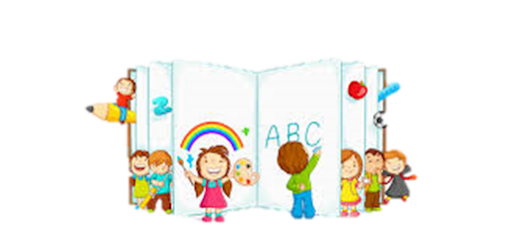How do you thank someone for teaching you life lessons and helping shape who you are as an adult?
Expressing gratitude to someone who has profoundly impacted your life by teaching you invaluable lessons and helping shape you into the adult you are today is a meaningful endeavor. This gesture of appreciation not only acknowledges their efforts but also strengthens your bond and encourages them to continue their positive influence on others. Here are some persuasive ways to convey your heartfelt thanks:
1. Write a Thoughtful Letter
A handwritten letter can be an incredibly powerful way to express gratitude. Unlike a casual thank-you note or email, a letter allows you to reflect deeply and articulate your feelings in a detailed and personal manner.
Example: Start with a heartfelt introduction, acknowledging the person’s influence on your life. Share specific instances where their guidance made a significant difference. Explain how these experiences have shaped your character and values. Close with a sincere thank you and a reflection on your appreciation for their ongoing support.
2. Create a Personalized Gift
A thoughtful gift can be a tangible representation of your gratitude. Consider something that symbolizes your relationship or the lessons they’ve taught you.
Example: A photo album or scrapbook filled with memories and notes recounting significant moments can be deeply touching. A custom-made item, such as a piece of jewelry or artwork that reflects your shared experiences, can also serve as a lasting token of appreciation.
3. Public Acknowledgment
Sometimes, publicly acknowledging someone’s impact on your life can be incredibly meaningful. This could be done during a special event, on social media, or in a publication.
Example: During a significant celebration, like a birthday or anniversary, make a toast or speech highlighting their contributions to your growth. Alternatively, write a public tribute on social media or a blog, detailing how they have influenced your life and expressing your gratitude.
4. Pay It Forward
One of the most profound ways to thank someone for teaching you life lessons is to pass on what you’ve learned. By helping others, you not only honor the person who helped you but also extend their influence.
Example: Volunteer your time to mentor someone else or get involved in community service. Share the wisdom and guidance you received with others who could benefit from it. You could also start a scholarship fund or donate to a cause that’s important to the person you’re thanking, showing that their lessons continue to ripple outward.
5. Spend Quality Time Together
Sometimes, the best way to show gratitude is through meaningful actions. Spending quality time together can reinforce your appreciation and deepen your relationship.
Example: Plan a special day or trip that you know they would enjoy. Use this time to express your gratitude in person, reminiscing about shared experiences and discussing the impact they’ve had on your life. Your presence and undivided attention can be one of the most heartfelt ways to say thank you.
6. Create a Legacy Project
A legacy project can be a powerful tribute, especially for someone who has significantly shaped your life. This could be something that continues to benefit others and keeps the person’s influence alive.
Example: Initiate a project that aligns with their values or interests. This could be a community garden, a local library fund, or an educational program. Dedicate this project to them, and involve them in its development if possible. This not only honors their impact but also creates a lasting legacy of their influence.







